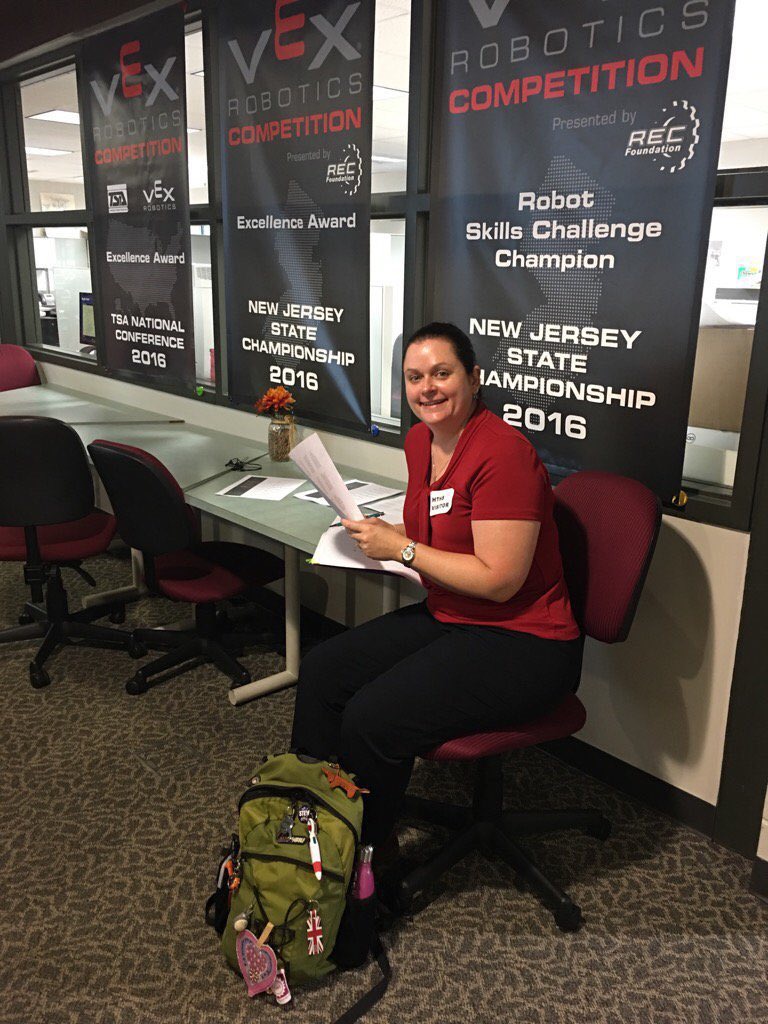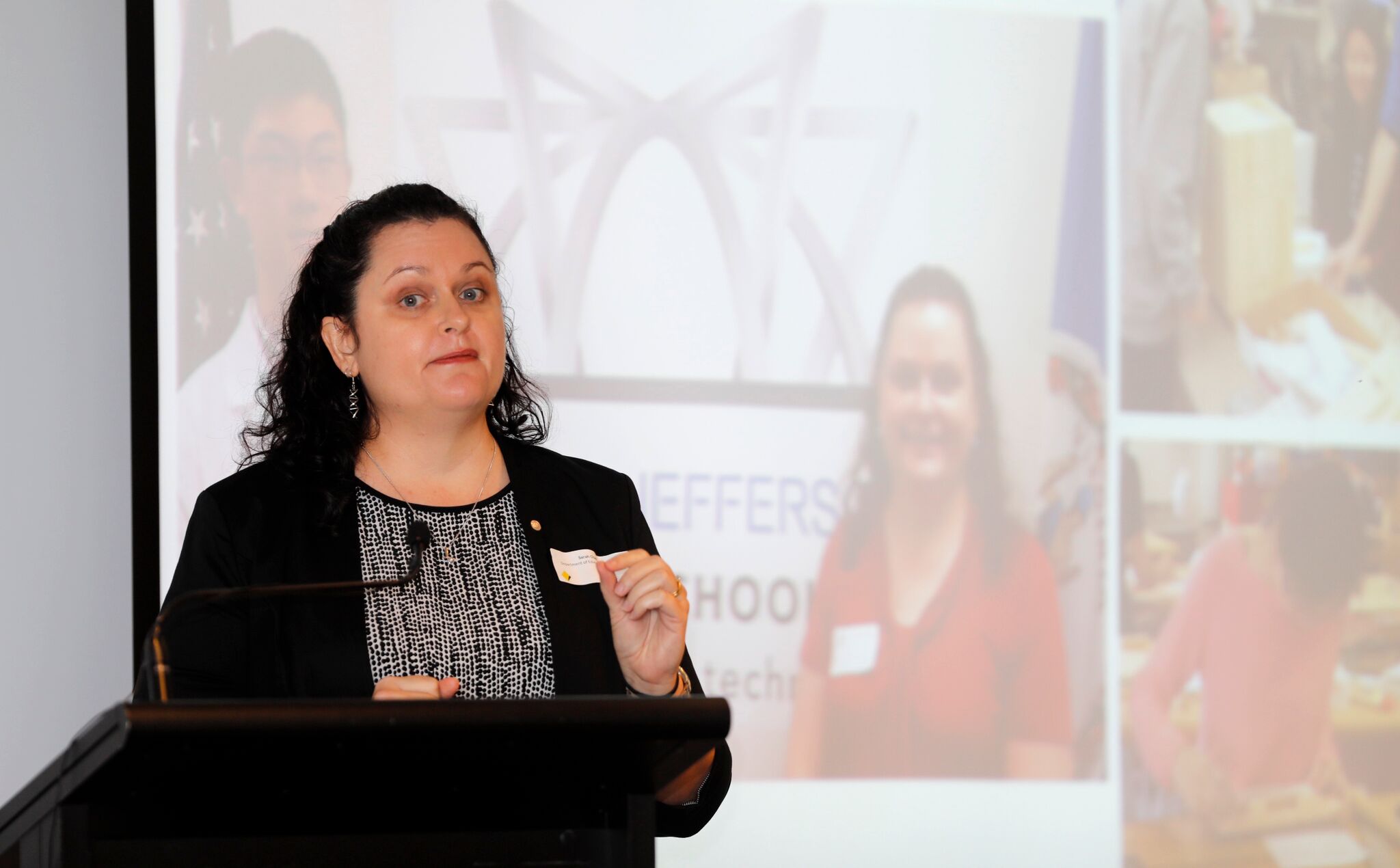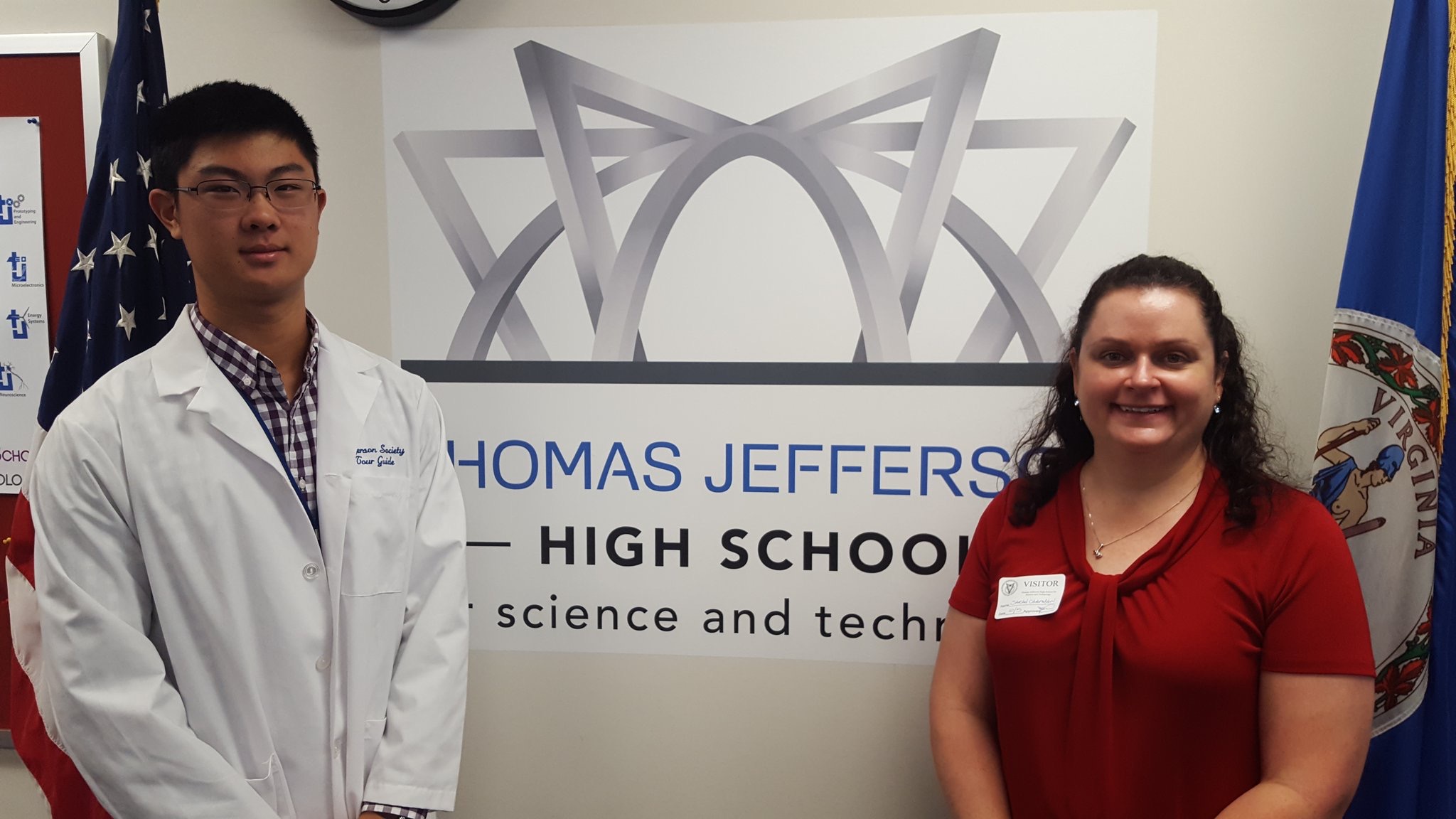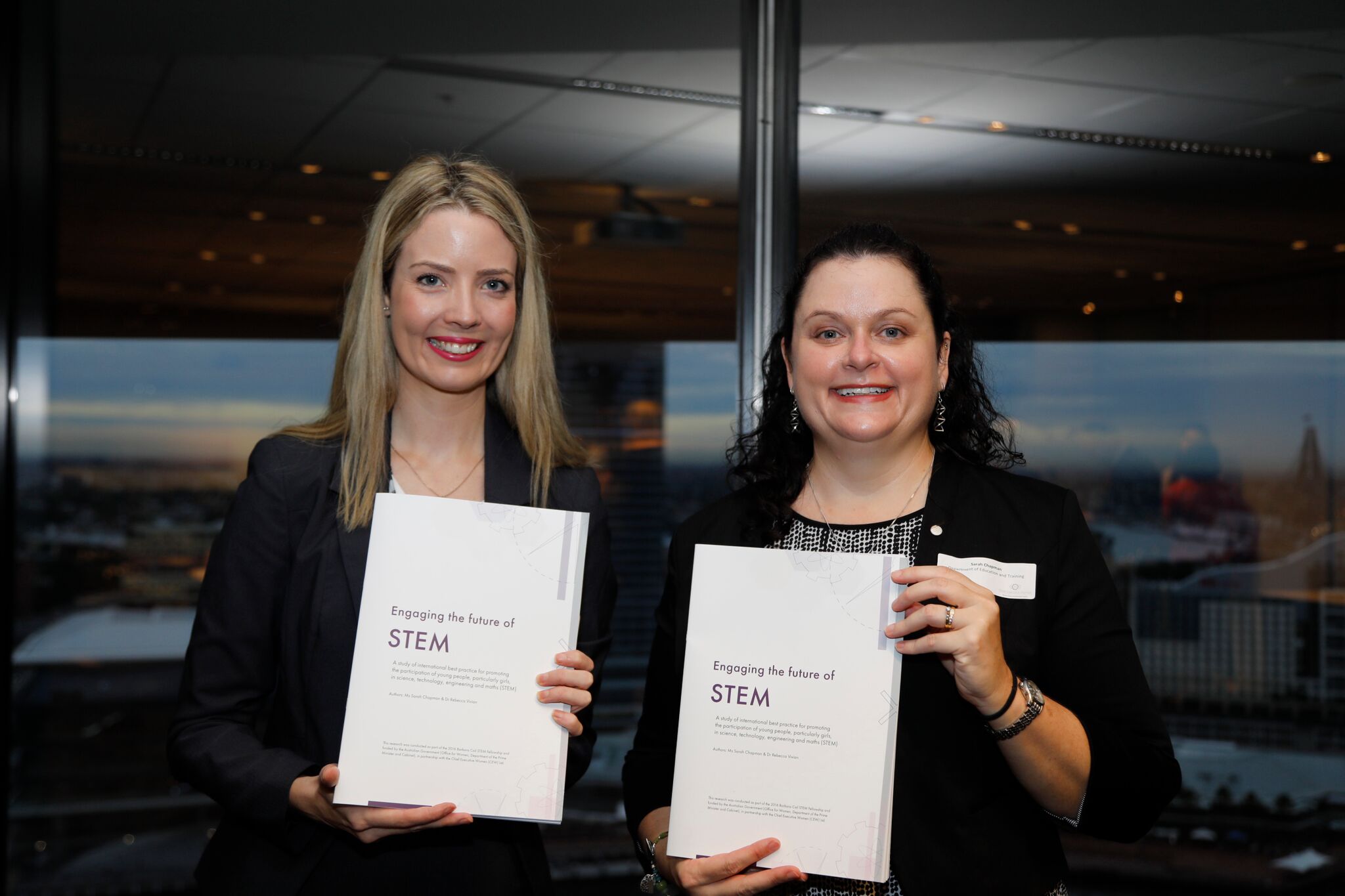My journey in STEM
I grew up in a rural part of North Queensland, Australia. My Dad was a Teaching Principal, so I lived in a school house at the school for 21 years of my life. I was one of those kids who was very interested in always questioning things and finding out about the wonders of nature. Being in a rural area it was a struggle to connect with opportunities to grow my interest in science but I had a wonderful science teacher who inspired my interests as much as he could. I loved science at high school and studied as many subjects as I could, to learn as much as possible about the world around me. I managed to follow my passion and study a science degree (Bachelor of Science). There were many of my female friends however who were interested in science but did not pursue that path for numerous reasons. I completed my Honours in cell death following traumatic brain injury. I worked in research and then progressed to science communication and event management.
Following this I studied to become a secondary science teacher. I connected with the absolute amazing opportunity to inspire young people every day and share my passion of science with them. It is a challenging occupation but a tremendously rewarding one, when you get to be the person who connects a young person with science. To see their eyes light up and connect with the wonder of science is truly amazing and necessary to inspire and empower our problem solvers of tomorrow. It is also rewarding to be a part of empowering young girls, connecting them with science and building their confidence around their own potential so they can pursue a career in STEM and make a difference.
To be selected as a Barbara Cail STEM Fellow was such a tremendous acknowledgement and opportunity. To visit key drivers in the STEM ecosystem and organisations doing worlds-best STEM engagement was beyond exciting and a life-changing experience.
A global STEM experience
My Fellowship began with extensive research of best practice around the world and putting together my itinerary for organisations that were on the top of my STEM engagement wish list. This endeavour alone was inspiring to read about so many initiatives across the globe doing great things in STEM engagement.
I travelled to Singapore, Finland, the United Kingdom, the United States of America and New Zealand as a part of my Fellowship research. I visited industry, STEM peak bodies, businesses, museums, science centres and schools as a part of my research.
After flying thousands of kilometres around the world, having met and visited extraordinary organisations and people contributing their best to building a healthy global STEM ecosystem, I was reassured by the number of like-minds across the world invested in engaging and promoting STEM to young people.
This Fellowship made me realise we are all connected because of our common goal to build a brighter future for our young people, by enabling them to be the best thinkers, creators, innovators, makers, communicators, and entrepreneurs. Connecting and collaborating with these like-minded organisations across the globe, raises the volume of the voice of the importance of STEM. It allows for the strength of minds, ideas and passions to be united, providing a diverse platform for our future problem solvers to become lifelong learners and drive positive change in the STEM arena.
Connection, collaboration and communication globally will ensure our STEM ecosystem thrives and evolves with the ever-changing world we live in. The importance of connection, and the bringing together of each sector of the STEM ecosystem was a resounding message. Connection brings about perspective and informs a clear vision that leads to action. The next important component is communication between each sector of the STEM ecosystem, to strengthen connections and grow, along with the importance of positive and enabling communication to young people, absent of unconscious bias. Connection, communication and the third being collaboration where people work together, sharing their strengths to influence and grow the STEM ecosystem. These were the key to all of the successful STEM organisations I had the pleasure of visiting. Where these components were done well, STEM engagement was successful.
For engaging girls and sustaining the connection for women in STEM, mentoring programs played a significant role. The mentoring programs that were successful were not one-off connections, but sustained relationships that ensured support throughout a particular phase of life (e.g. high school or PhD studies). Authentic relationships and connections with STEM were essential for connecting girls with STEM. Many of the organisations that were well established in supporting girls and women in STEM and promoting equitable workplaces also embedded unconscious bias training for employees of organisations and mentors of young people. This action has meant that communication is enabling and positive for young people and opportunity in the workplace is much more equitable.
Where to from here?
Connecting more girls with STEM and providing support for women already engaged in STEM are essential components to ensure we have the most diverse spectrum of people invested in our future. The report expands on key areas to focus on for engaging girls in STEM and provides links to resources to support girls, parents, teachers and organisations in doing so.
The report Engaging the Future of STEM outlines:
- detailed benchmarks for a successful and sustainable STEM program;
- the key enablers for engaging girls in STEM, including hyperlinks to useful resources;
- case studies of successful STEM organisations from across stakeholder groups and strategies for engaging girls and women, and;
- Eight (8) key recommendations for advising Australia’s STEM engagement strategy. These findings are relevant to other countries.
Acknowledgement
It was both an honour and a privilege to be selected as one of the inaugural Barbara Cail STEM Fellows, and be supported by the Australian Government, in partnership with Chief Executive Women, to research international best practice into STEM engagement. I am so grateful for the support of Women in STEMM Australia. From nomination to launch, I was supported by a fabulous group of women who mentored me through my Fellowship journey. Engaging the Future of STEM is a study of international best practice for promoting the participation of young people, particularly girls, in science, technology engineering and Maths (STEM), conducted by Barbara Cail STEM Fellows (Sarah Chapman and Dr Rebecca Vivian) was funded and supported by the Australian Government in partnership with Chief Executive Women (CEW). The original CEW media release is here.
For the full report - click here: Engaging the Future of STEM
About the author:
Sarah Chapman is Head of Department at the Department of Education and Training (Queensland). She graduated from the James Cook University (JCU) with a Bachelor of Science (Honours Class 1) in 1999 and a Bachelor of Education in 2004. Sarah has been instrumental in the development and implementation of the Australian School Innovation in Science, Technology and Mathematics project which aims to develop specific skills and an interest in science in middle school students. This project has promoted teacher confidence in teaching science and improved school links with the community and JCU, and has facilitated an easier transition for students from primary to secondary school. Sarah was a Teacher Finalist in the 2013 BHP Billiton Science & Engineering Awards and her work has been recognised with an Australian Award for Teaching Excellence in 2009, and the prestigious 2013 Prime Minister’s Prize for Excellence in Science Teaching in Secondary Schools. Sarah wants to see greater diversity in science and is keen to encourage all of her students, girls and boys, to participate. She is the Vice-President of the Queensland Science Teachers Association and was recently awarded one of two inaugural Barbara Cail STEM Fellowships announced by the Federal Government’s Office for Women and Chief Executive Women (CEW). This award enabled Sarah to visit international programs engaging girls in STEM with Women in STEMM Australia and CEW. Twitter: @chapmansar





Hi Sarah,
What an impressive career you’ve had! Your report provides some great strategies to engage young people, especially girls, with STEM in order to develop the next generation of scientists, inventors, entrepreneurs, etc. I love your discussion of ‘girls-only opportunities’ and mentorship programs in order to empower girls to explore STEM in a safe environment free from biases and subconscious perceptions that STEM is for boys (which of course it is for everyone!).
Sometimes we forget the influential role parents and family members can play in shaping the perceptions of young people, so I found your key tips to promote family involvement to encourage girls in STEM extremely insightful! I have been discussing some of the issues faced by Women in STEM in my blog, and will definitely be sharing ways that parents can encourage their daughters to engage with STEM from an early age to get even one step closer to achieving gender equality in these issues. Really enjoyed reading the report!
J.C
Reblogged this on Authentic Learning at St Clare's and commented:
Sarah is another wonderful role model for young women considering a career in STEM. Highlighting the fundamentals of connection, collaboration and communication is a great message for us all as we strive to build quality STEM programs for our students.